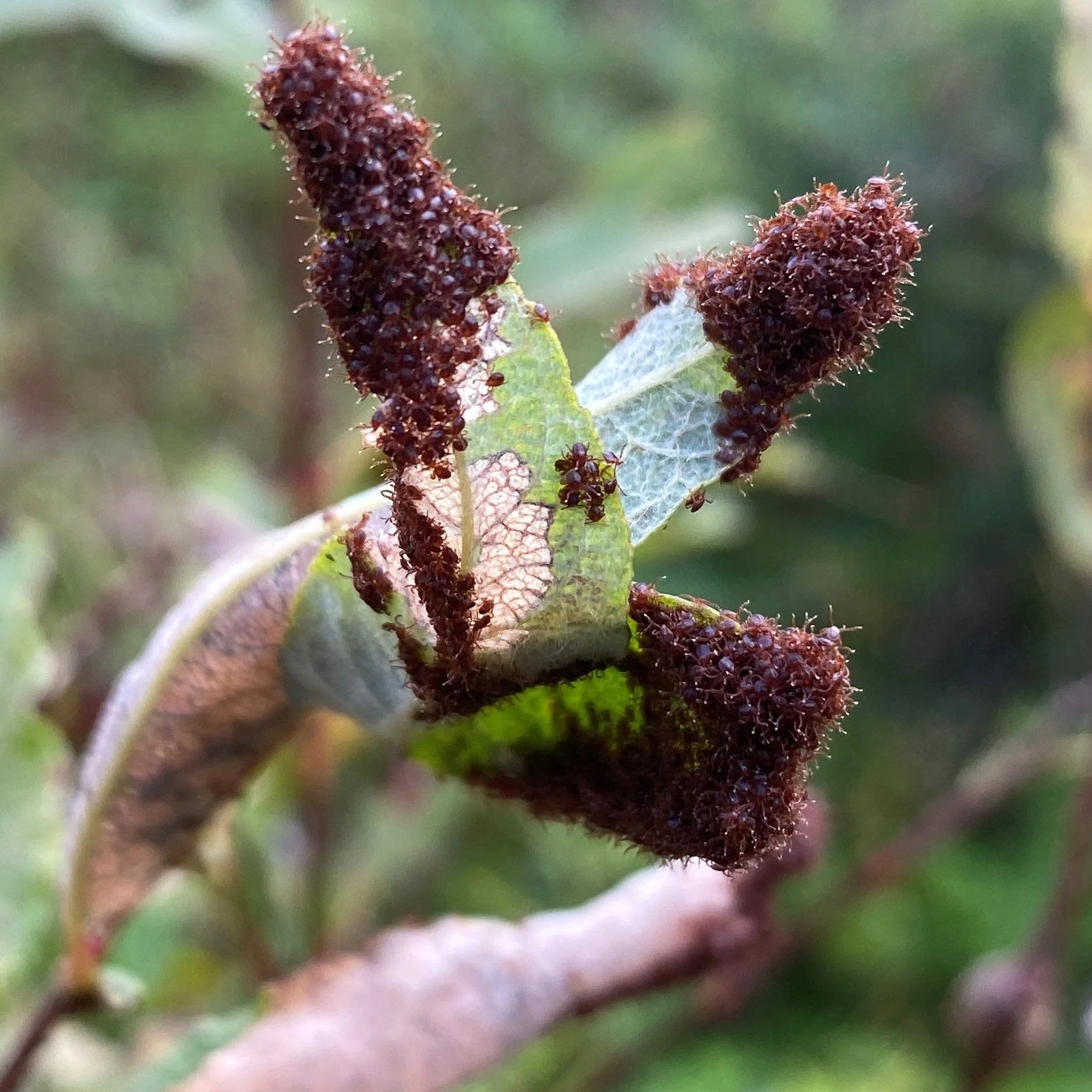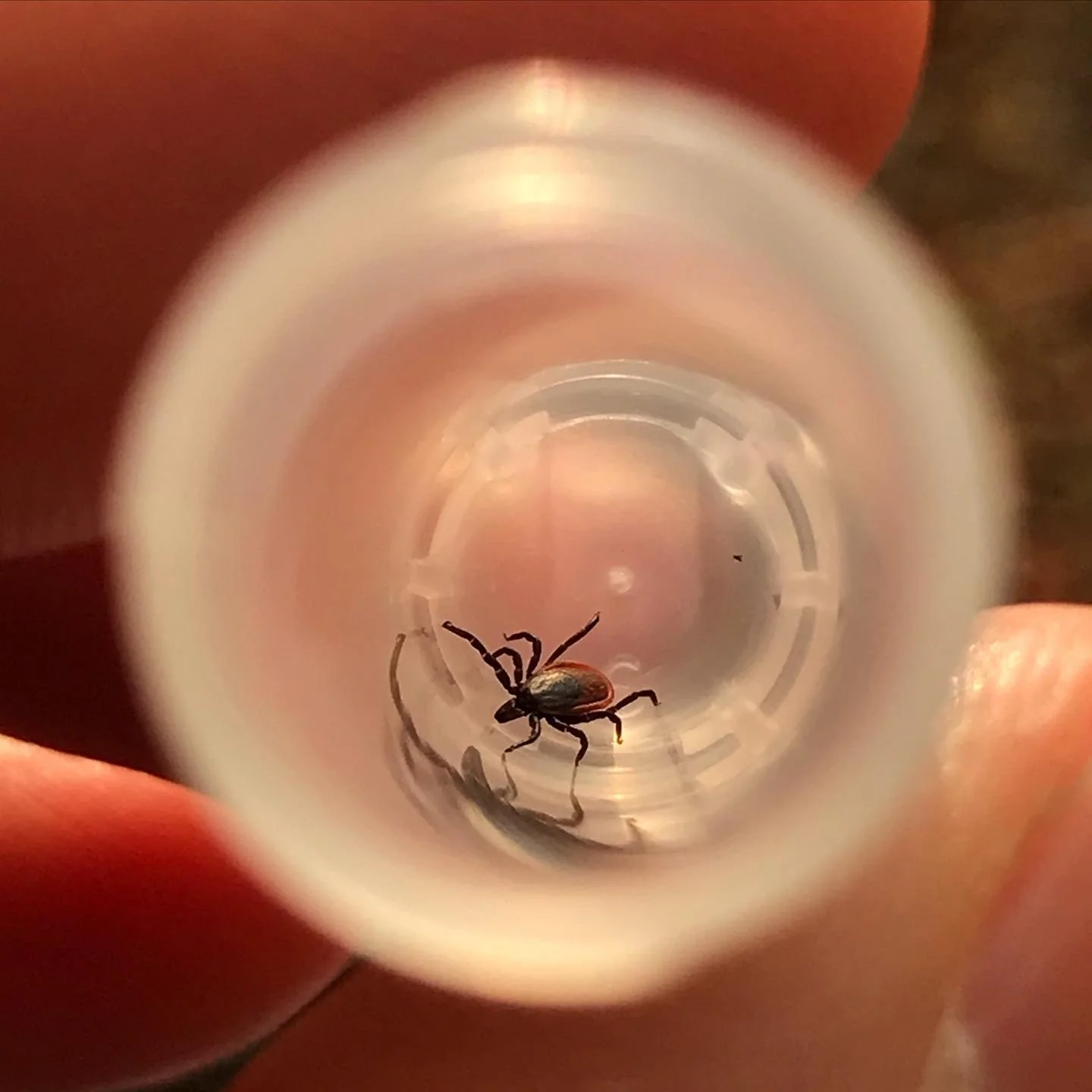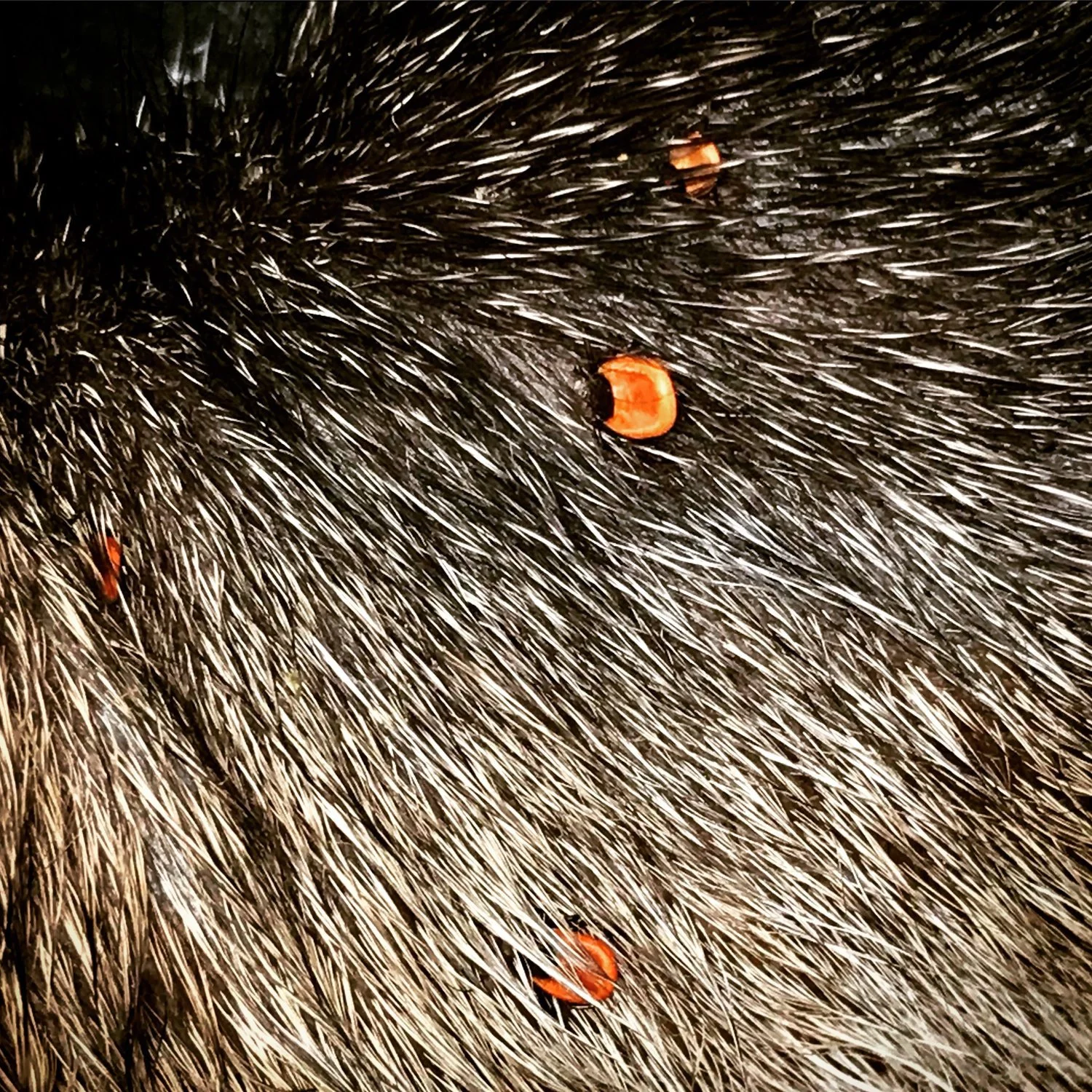Ticks
I am broadly interested in ‘integrated tick management’. More specifically, surveillance strategies, habitat manipulations and the development of microbial biopesticides for tick management, particularly, species of entomopathogenic fungi in the Beauveria and Metarhizium genera. My research projects have focused extensively on winter ticks (Dermacentor albipictus) that affect moose populations across North America and blacklegged ticks (Ixodes scapularis) that vector a diversity of disease-causing pathogens. Check out VT-TIC (Vermont Tick Information Center) for current tick research projects from the “Integrated Tick Management” Program at the University of Vermont (UVM).
Selected Press:
Tick... Tick... Boom. Kristen Munson. UVM Magazine, 5/2025
Ticks Endanger Vermont Ag Workers. New Studies Could Help. Seven Days by Anne Wallace Allen, 10/2/2024
Tick-Borne Diseases On the Rise in New England, How Will It Affect Farms? Lancaster Farming by Tom Venesky, 7/27/2024
Why hunt moose to save them from winter ticks? Experts see few other ways to stem the grisly pests. Community News Service, UVM. 5/6/2024
Scientists Seek Solutions to the Ever-Growing Problem of Ticks — and the Diseases They Carry. Seven Days. 5/17/2023
USFW Service Supports Winter Tick Research Using Fungi to Decrease Tick Populations. 2/8/2023
Sullivan, C.F & M. Skinner. The clock’s still ticking for TICKS as winter approaches. The Dirt (VNLA). Fall Issue.
Bat Ticks Discovered in Vermont by UVM Entomologists. UVM CALS What’s Buzzing. 2/18/2022
Vermont sees its first bat tick. (WCAX). 2/10/2022
Fungi for management of moose ticks (American Wildlife Conservation Foundation News). 7/1/2020
UVM researcher seeks to target moose-killing ticks with fungi. (VT Digger). 10/16/2019








